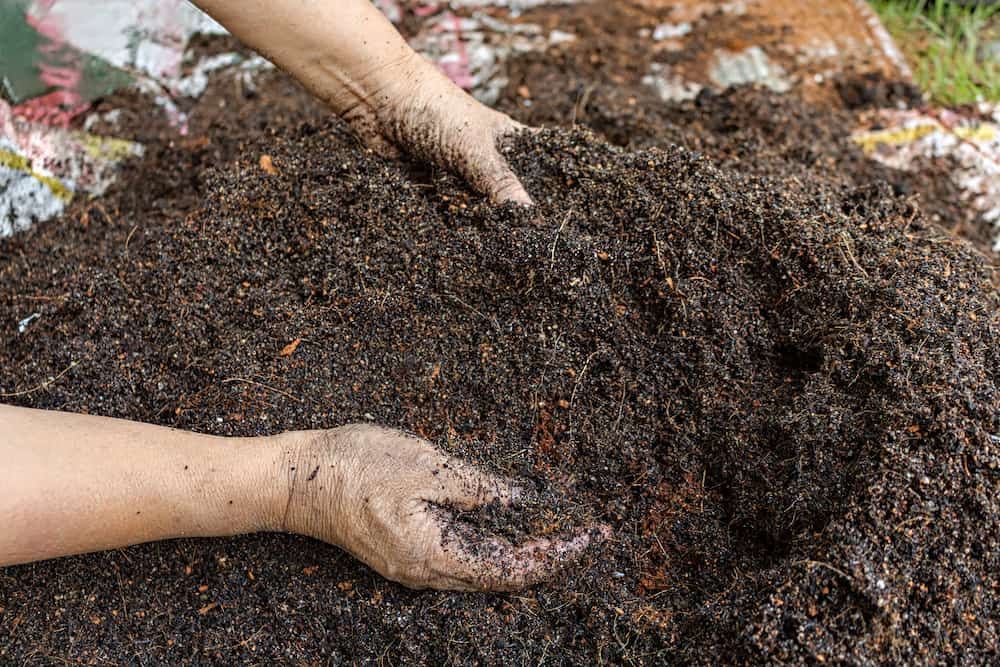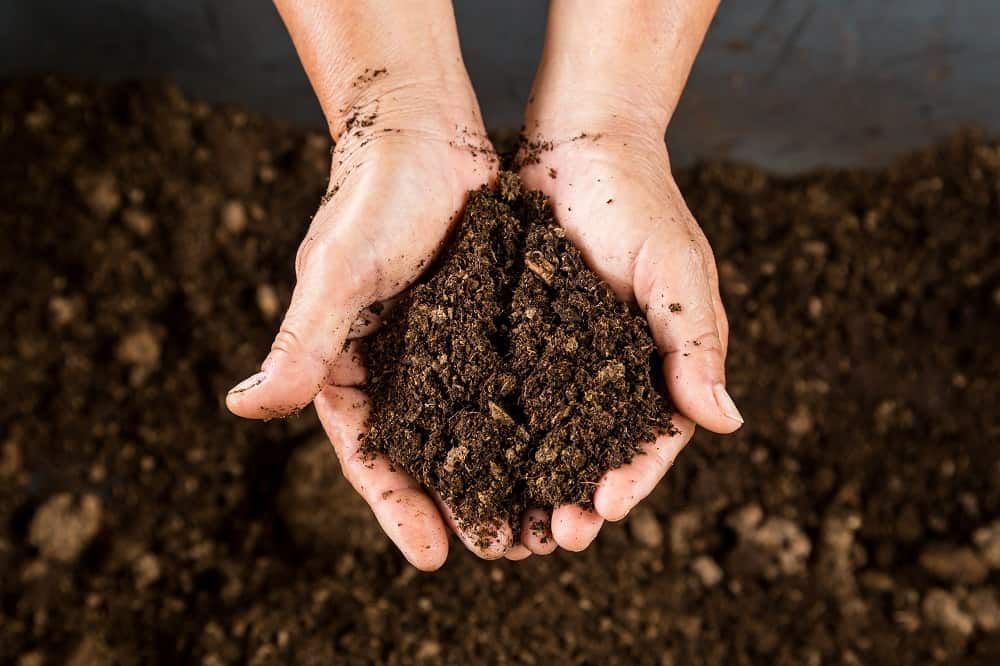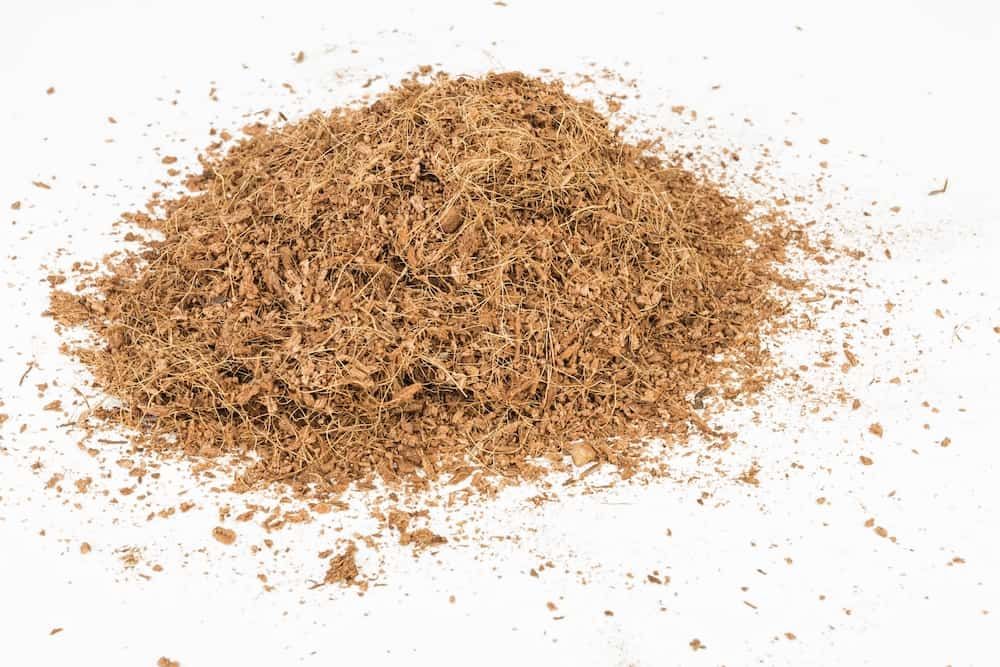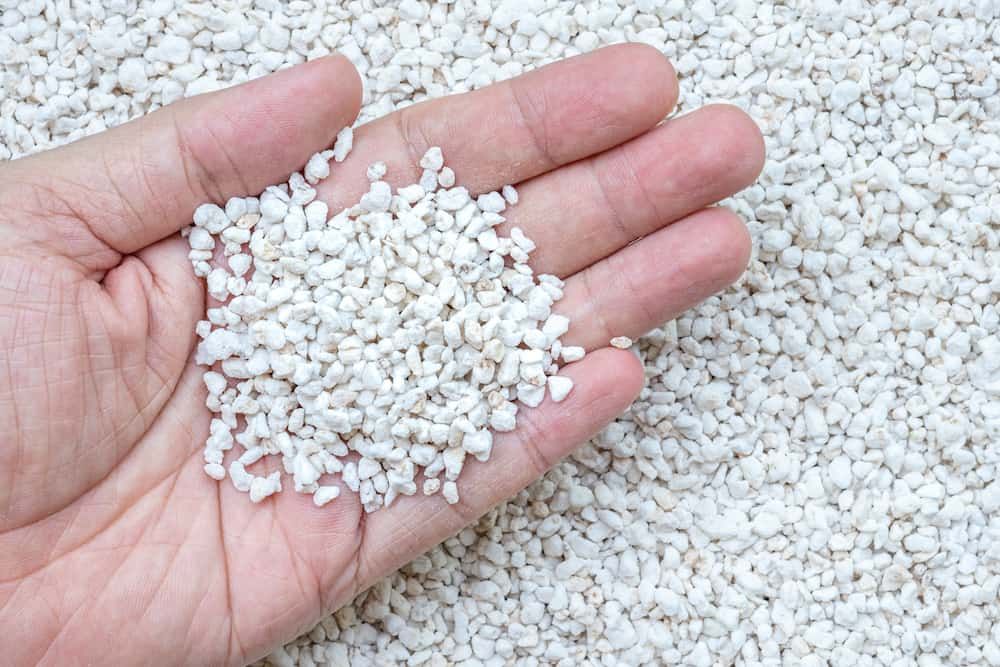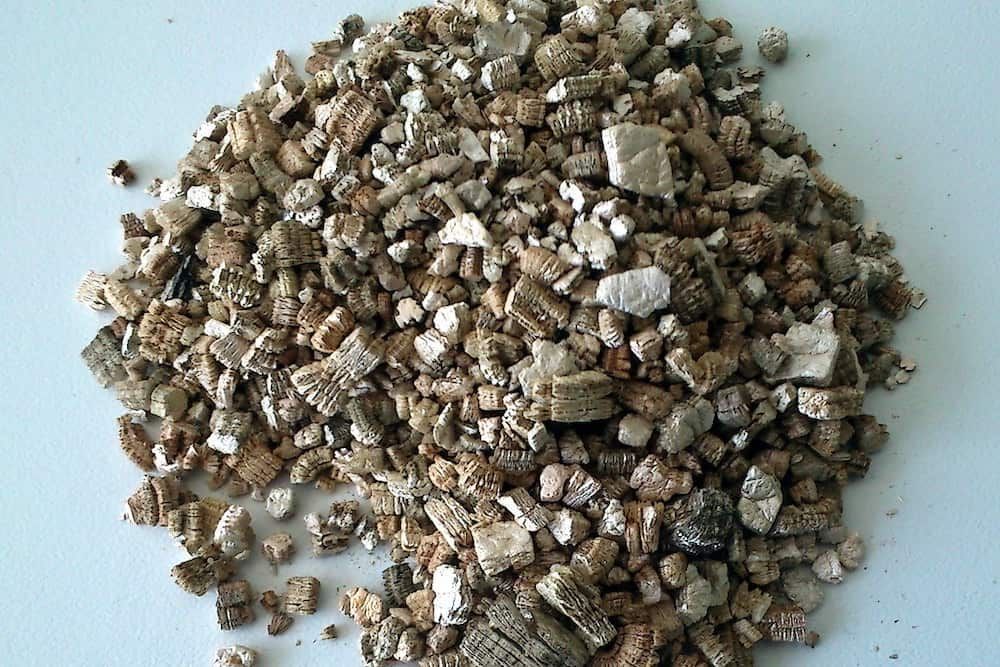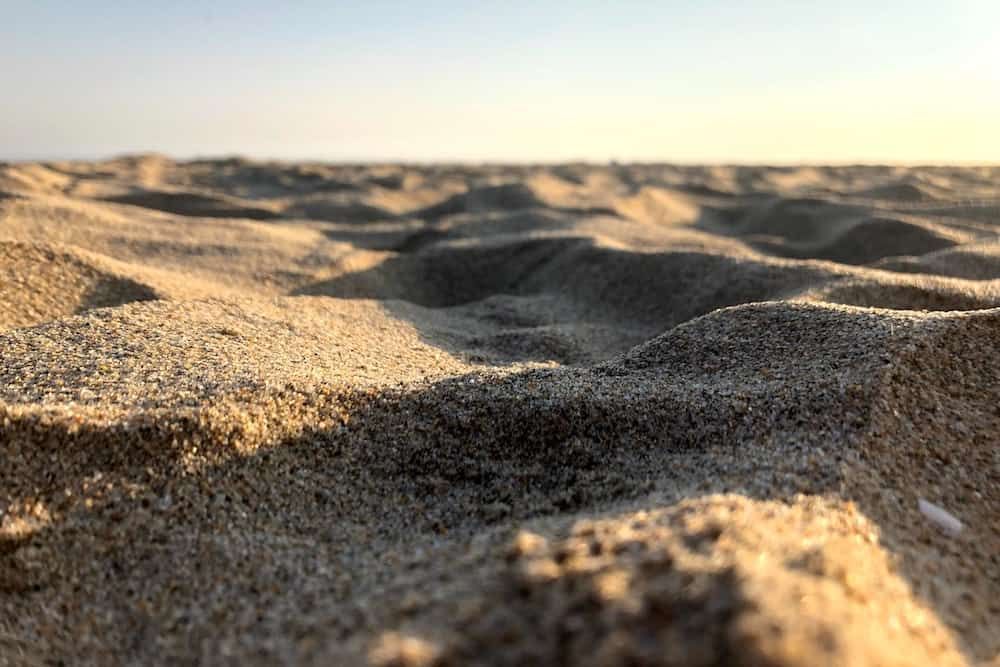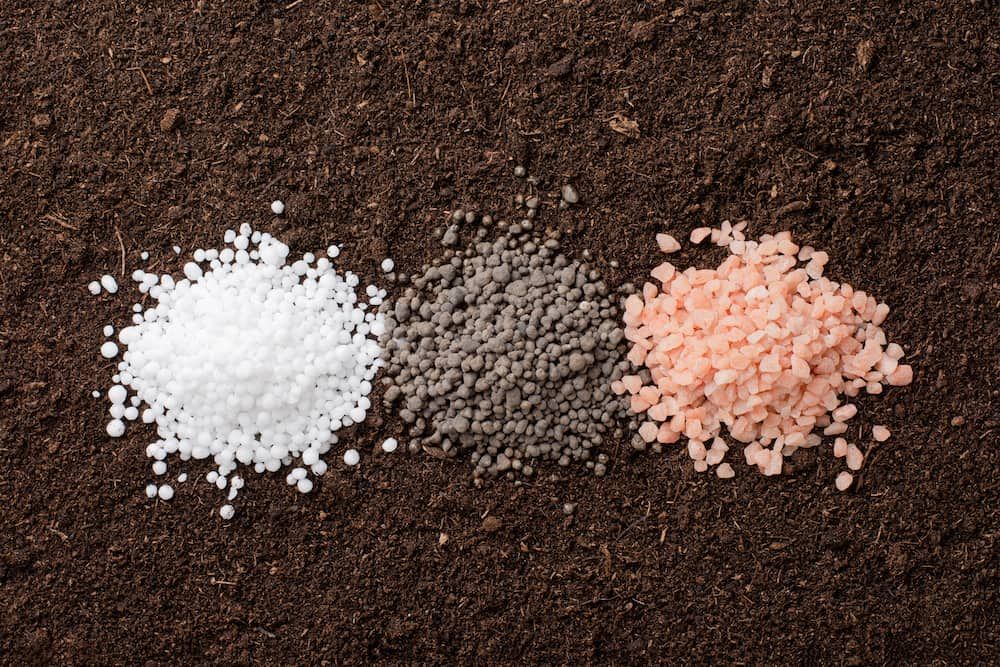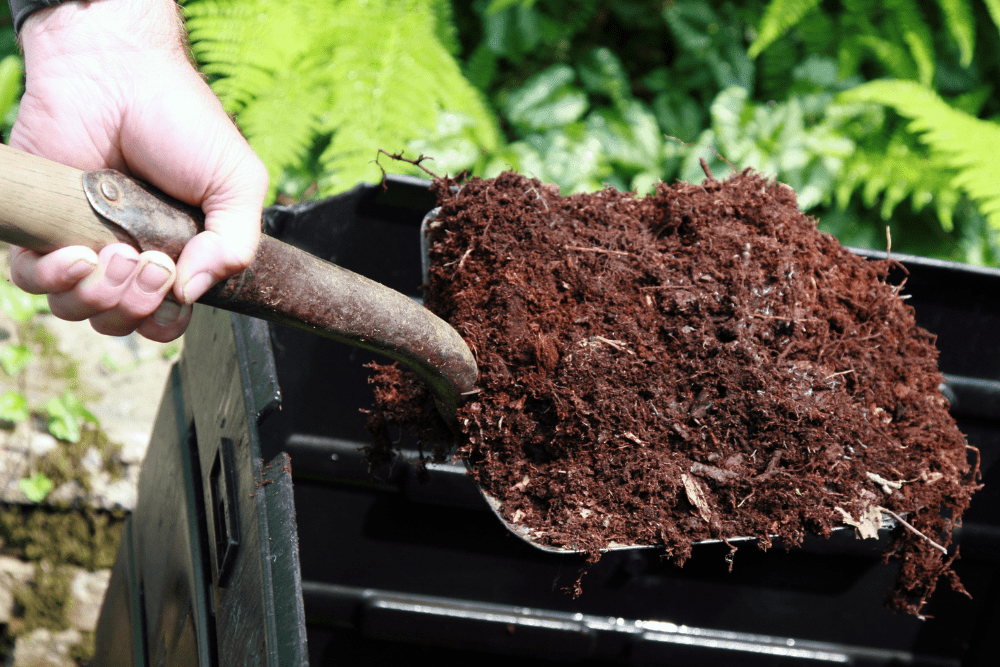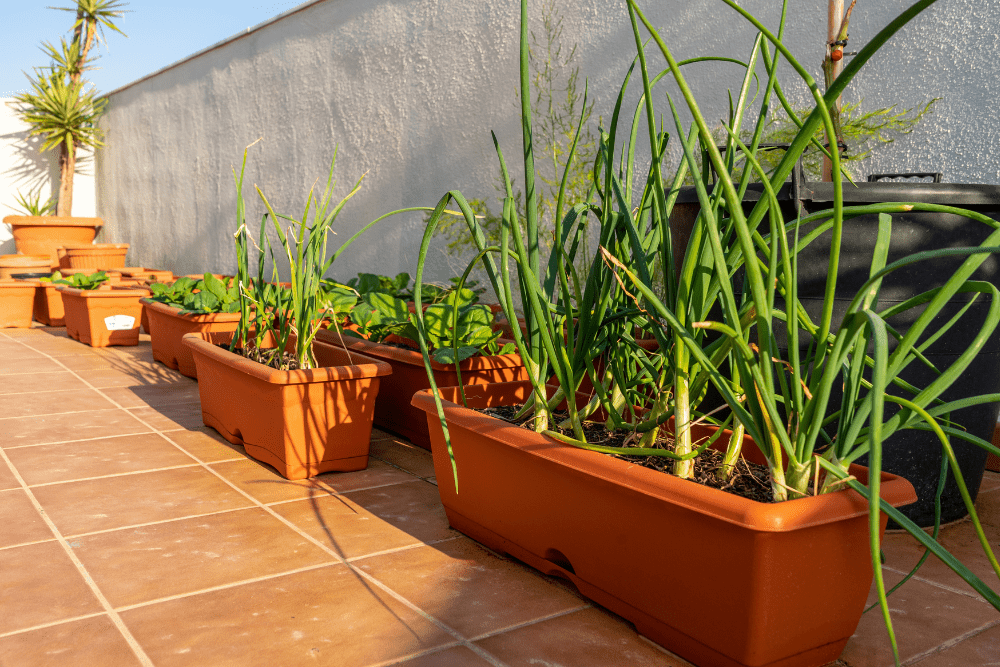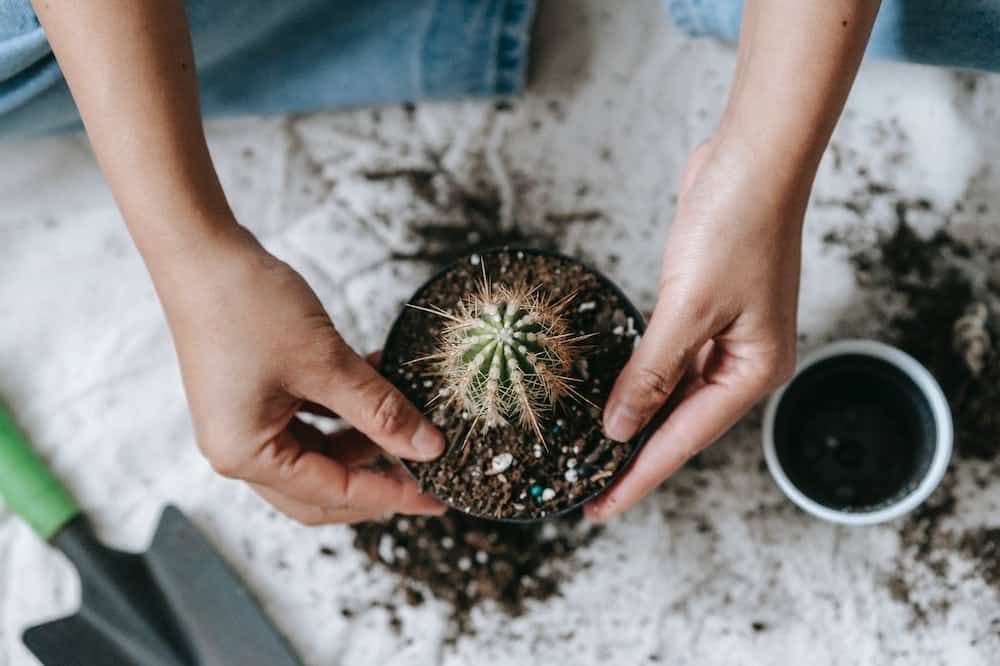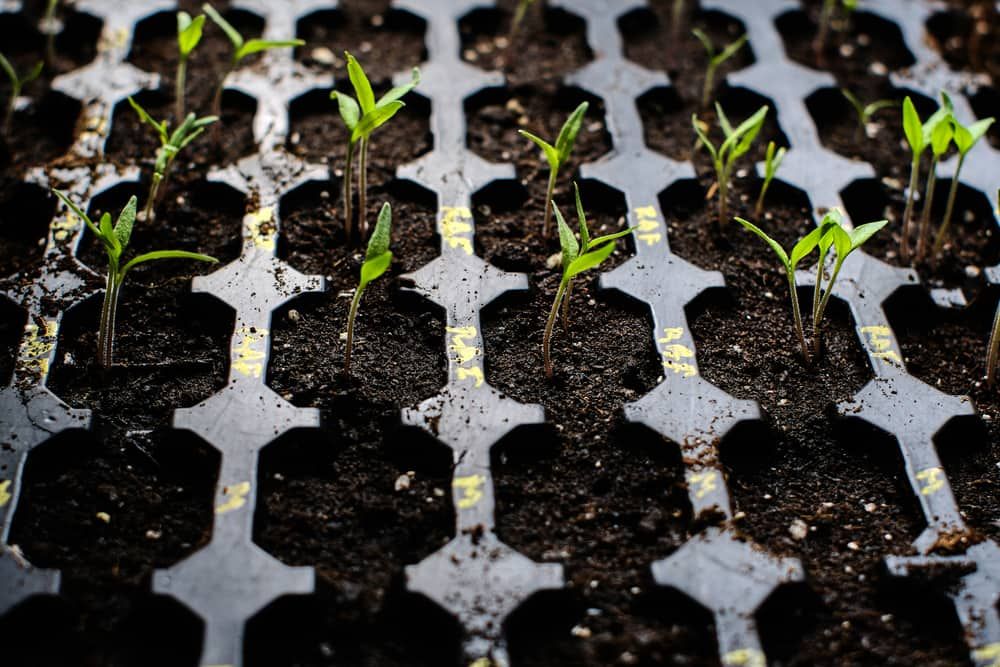As of late, urban and small-space gardening has become quite popular. Not only is this a perfect solution for those who live in apartments, but it is also great for those who don’t really have the time and energy to put into a large outdoor garden. However, for those who have plenty of seedlings to start and lots of plants to repot, buying or replacing potting soil every season can carry quite the price tag.
What if we told you there’s a very simple solution that you can do on your own from the comfort of your home? Making your own organic potting soil is easy to do, and it is also quite beneficial. Not only is it much more affordable, but it is also eco-friendly. Down below, we will share the four most popular DIY potting soil recipes as well as what you will need to make them.
What Is Potting Soil?
Image credits: PasSaKorn22 via Shutterstock
Before talking about the DIY potting soil recipes, we should first focus on what potting soil is in its essence. Potting soil is in a very broad sense called "soil", but technically it isn't. It is considered a "growing medium" and may or may not contain any soil at all! Potting soil is just a blend of ingredients that are beneficial to plants and help their growth. Potting soil is better draining than garden soil, much more lightweight, and easy to handle.
Of course, before making your DIY potting soil, it is very important to choose ingredients that will meet the needs of each plant you will be growing. If you want to start seeds and root cuttings, make a lighter mix with a fine texture. If you want to grow potted trees or shrubs, make a mix with high contents of coarse sand or pine bark. Furthermore, for the succulents and cacti, ensure your potting mix has a sandy, grainy texture. Last but not least, annuals, veggies, tropicals, and perennials will require an all-purpose mix.
Ingredients in a Potting Soil
A lot of store-bought and homemade potting mixes have pretty much the same ingredients. Down below, we will take a look at them:
1. Sphagnum Peat Moss
Image credits: Tortoon via Shutterstock
This is the primary ingredient for most potting mixes. It is very inexpensive and widespread, so you won’t have trouble finding it in your nearby gardening store. It is light, which allows for good water retention, drainage, and aeration. Sphagnum peat moss is low in nutrients and has a low pH (acidic pH) which ranges between 3.0-4.0.
2. Coir Fiber
Image credits: Kolidzei via Shutterstock
This is a coconut by-product that typically acts like sphagnum peat moss. Coir fiber contains a higher level of nutrients, lasts longer, and has a slightly acidic to neutral pH, ranging from 6.0 to 6.8. You can find coir fiber at most stores, where it is sold in compressed bricks.
Perlite
Image credits: RPA Studio via Shutterstock
The best way to describe how this component looks is by comparing it to styrofoam balls. Perlite is very lightweight and it can hold up to four times its weight in water. It is fantastic for improving drainage and it has a neutral pH.
Vermiculite
Image credits: Jungle Garden via Creative Commons
This mineral is typically used to increase the porosity of all store-bought and homemade potting soil mixes. It not only helps with a soil's water retention, but it also attracts, retains, and releases calcium, potassium, and magnesium to the plant's roots.
Sand
Image credits: Matt M via Pexels
Sand is fantastic for situations in which you need better drainage and a more coarsely textured mix. Mixes that contain sand typically are used for most succulents and cacti, because of their fantastic water drainage abilities.
Fertilizers
Image credits: Nuttapong via Shutterstock
They are typically added to mixes that are based on peat. As we mentioned, peat moss doesn’t contain enough nutrients for plants, so it needs some help from natural fertilizer, such as mined minerals, compost, and manure. Don't use synthetic fertilizers because they will decrease soil fertility, and over time, deplete the soil's organic matter.
Compost
Image credits: Onfokus via Canva
Compost contains millions of microbes that are very beneficial to your plants. Moreover, it has better water retention and brings more nutrient content to the soil. Compost has one of the most important roles in healthy plant growth. However, you should be careful when using it. Never add it when seed-starting, as it is too heavy and will suffocate seeds.
DIY Organic Potting Soil Recipes and How To Mix It
Depending on the type of potting soil you want to make, you will need different ingredients.
1. All-purpose mix for veggies, flowers, perennials, and tropicals
Image credits: andres barrionuevo lopez via Shutterstock
- 6 gallons of sphagnum peat moss/coir fiber
- 5 gallons of perlite
- 6 gallons of compost
- ¼ cup of lime (use only if you are using peat moss)
- 1½ cup of granular organic fertilizer or a homemade fertilizer blend containing 2 cups of rock phosphate, 2 cups of greensand, ½ cup of bone meal, ¼ cup of kelp meal
2. Potting soil mix for succulents and cacti
Image credits: Teona Swift via Pexels
- 3 gallons of sphagnum peat moss/coir fiber
- 1 gallon of perlite
- 1 gallon of vermiculite
- 2 gallons of coarse sand
- 2 tablespoons of lime (use only if you are using peat moss)
3. Potting soil mix for seed starting
Image credits: Vicente Fores via Shutterstock
- 2 gallons of sphagnum peat moss/coir fiber
- 2 gallons of vermiculite
- 1 gallon of coarse sand
- 3 tablespoons of lime (use only if you are using peat moss)
4. Potting soil mix for houseplants
Image credits: JulieK's Images via Canva
- 2 gallons of sphagnum peat moss/coir fiber
- 5 gallons of perlite
- 2 cups of coarse sand
- 3 tablespoons of lime (use only if you are using peat moss)
- 2 tablespoons of granular organic fertilizer or a homemade fertilizer blend containing 2 cups of rock phosphate, 2 cups of greensand, ½ cup of bone meal, ¼ cup of kelp meal
Making the potting soil mixes is quite simple. First, put on your gloves, and then, depending on the recipe you're making, put all the ingredients into a big container and thoroughly mix them together by hand, and voila!
In Summary
If you have a lot of potted plants or are maintaining a big container garden, then getting enough potting soil can be a little pricey. This won’t change even if you decide to rejuvenate your old potting soil. This is why one of the best solutions is to make your own organic potting soil. As long as you store your potting soil properly, you won't have to worry about buying one online!
Hopefully, this article has helped you in your adventure of mixing your own homemade potting soil. Let us know any questions or experiences in the comment section down below. Don’t forget to share the article if you liked it!
Happy Gardening!


